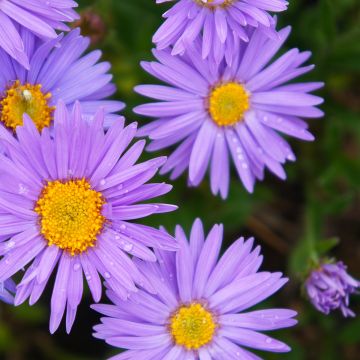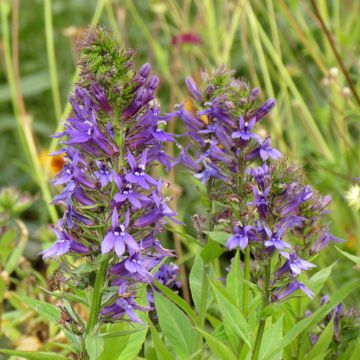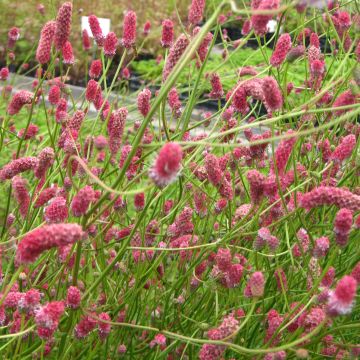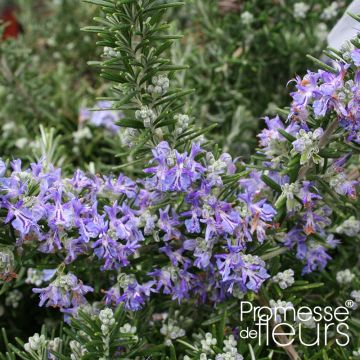

Physalis alkekengi var. franchetii


Physalis alkekengi var. franchetii
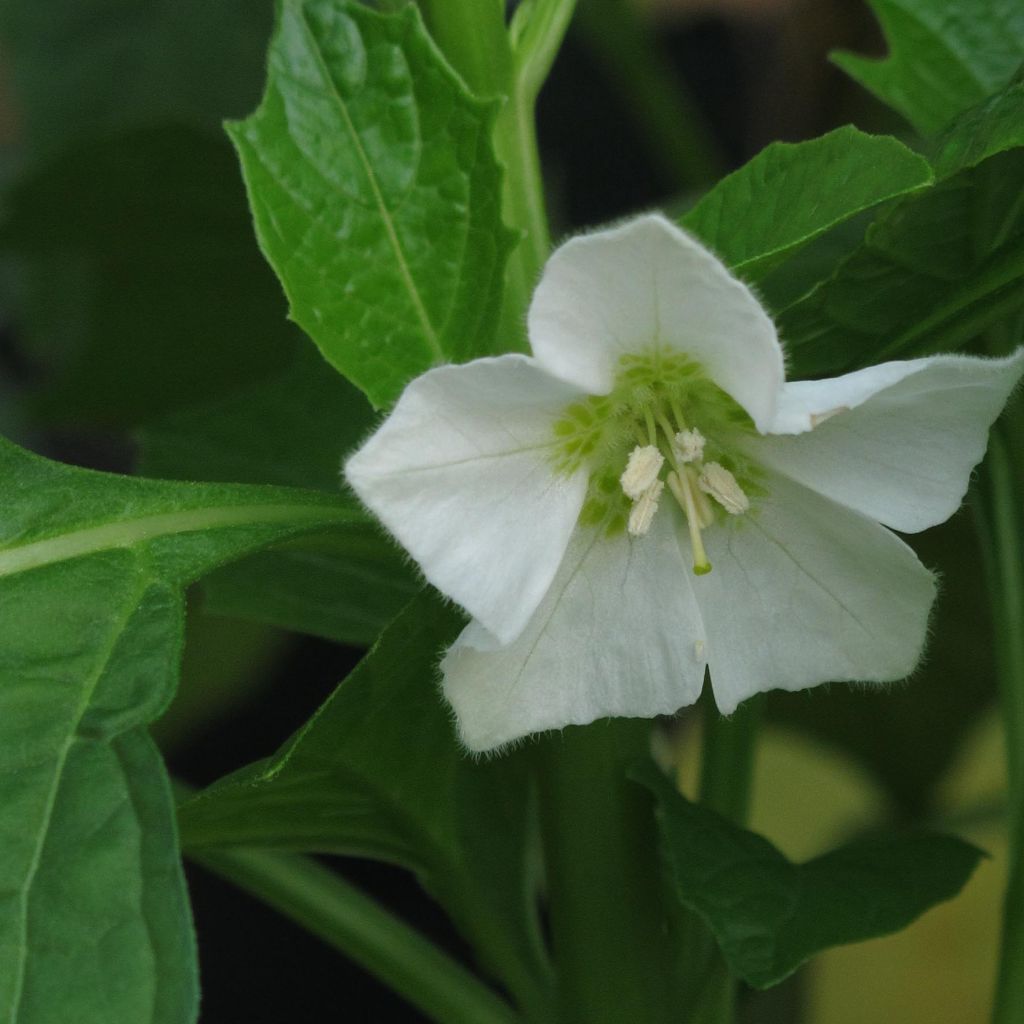

Physalis alkekengi var. franchetii


Physalis alkekengi var. franchetii


Physalis alkekengi var. franchetii


Physalis alkekengi var. franchetii
View more pictures
Hide images

Céline G.

Physalis franchetii - Chinese Lantern (Bucket 8/9cm)
Céline G. • 08 FR
Physalis alkekengi var. franchetii
Physalis alkekengi var. franchetii
Chinese Lantern
When received, it had no leaves, but the roots were strong and overflowing from the pot. After repotting, the first leaves are already appearing. A vigorous plant.
Agria, 28/03/2025
Special offer!
Receive a €20 voucher for any order over €90 (excluding delivery costs, credit notes, and plastic-free options)!
1- Add your favorite plants to your cart.
2- Once you have reached €90, confirm your order (you can even choose the delivery date!).
3- As soon as your order is shipped, you will receive an email containing your voucher code, valid for 3 months (90 days).
Your voucher is unique and can only be used once, for any order with a minimum value of €20, excluding delivery costs.
Can be combined with other current offers, non-divisible and non-refundable.
Home or relay delivery (depending on size and destination)
Schedule delivery date,
and select date in basket
This plant carries a 12 months recovery warranty
More information
We guarantee the quality of our plants for a full growing cycle, and will replace at our expense any plant that fails to recover under normal climatic and planting conditions.
Would this plant suit my garden?
Set up your Plantfit profile →
Description
Physalis alkekengi var franchetii, better known as Chinese Lantern or Japanese Lantern, is a vigorous herbaceous perennial with a conquering temperament and truly unique fruits. Its insignificant flowers are similar to those of tomatoes or potatoes, which are in the same family. It then displays aerial calyxes reminiscent of Japanese lanterns along its floral stems. These change from light green to bright orange at the end of summer, persisting throughout autumn. This plant, accustomed to old gardens, will thrive in all soils, in a very sunny exposure. Its vigour is a real asset for large, slightly wild spaces or gardens without gardeners, but it must be contained, otherwise it may become invasive. Its orange 'flowers' are actually the envelope of its fruits. They are of great beauty in dried bouquets.
Physalis alkekengi var franchetii belongs to the Solanaceae family, which becomes evident when observing its modest flowering. This perennial is native to southern Europe, the Mediterranean region, but it is also found in India, Japan, and Africa. It develops from a spreading rhizomatous stump, with a densely leafy habit of 60 cm (24in) in height and a minimum spread of 60 cm (24in). This plant quickly colonises the space allotted to it. The summer flowering is very discreet, in July-August, in the form of small cream flowers with a yellow centre distributed along the floral stems. The round fruit develops at the same time as the bracts that surround it. The bracts form a closed, heart-shaped, parchment-like envelope, initially light green, then turning bright orange, measuring 4 cm (2in) wide by 5 cm (2in) long. The physalis has narrow, entire, undulate, deeply veined bright green leaves, measuring 8 cm (3in) long.
The Chinese Lantern is a perfect plant to fill in the somewhat difficult areas of the garden. Its vigour and hardiness and its ability to adapt to poor soils make it a good candidate to decorate large slopes, along with plants as sturdy as itself: tansy, Stachys lanata, Cerastium tomentosum, cotton lavenders, yarrows, Damask nigellas, or grasses like Stipa tenuifolia or Phalaris arundinacea that will enhance it. Planted along a path or against a concrete fence, the growth of its rhizomes will be contained. In dry and hot climates, its growth will also be limited. This plant, used for a long time in gardens, offers bunches of stems covered with magnificent lanterns, whose orange colour does not fade, and can be used in dried bouquets. Finally, ripe fruits can be consumed, in small quantities as they are laxative, in fruit salads.
Physalis is also a medicinal plant, used to treat rheumatism, cough, etc...
Report an error about the product description
Physalis alkekengi var. franchetii in pictures


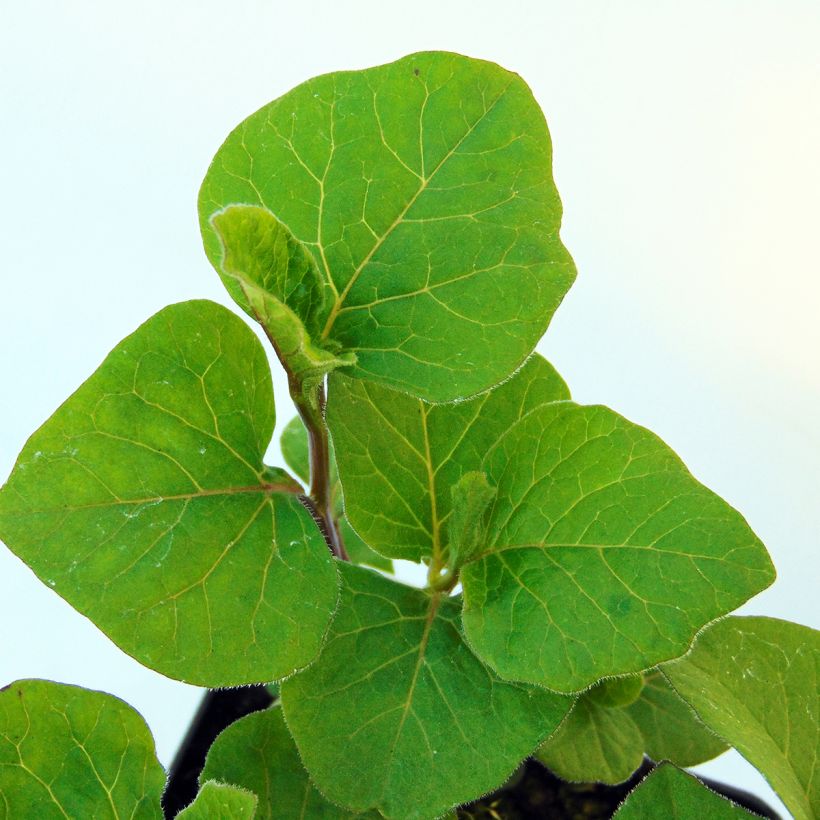



Flowering
Foliage
Plant habit
Botanical data
Physalis
alkekengi var. franchetii
Solanaceae
Chinese Lantern
Mediterranean
Other Perennials A to Z
View all →Planting and care
Plant Physalis alkekengi franchetii in any ordinary soil that is not too dry soil, but is in full sun. Plant preferably in spring , removing weeds to help it establish. Afterward, it requires no special maintenance. Keep an eye on its growth: thin out clumps that become too large.
Planting period
Intended location
Care
-
, onOrder confirmed
Reply from on Promesse de fleurs
Similar products
Haven't found what you were looking for?
Hardiness is the lowest winter temperature a plant can endure without suffering serious damage or even dying. However, hardiness is affected by location (a sheltered area, such as a patio), protection (winter cover) and soil type (hardiness is improved by well-drained soil).

Photo Sharing Terms & Conditions
In order to encourage gardeners to interact and share their experiences, Promesse de fleurs offers various media enabling content to be uploaded onto its Site - in particular via the ‘Photo sharing’ module.
The User agrees to refrain from:
- Posting any content that is illegal, prejudicial, insulting, racist, inciteful to hatred, revisionist, contrary to public decency, that infringes on privacy or on the privacy rights of third parties, in particular the publicity rights of persons and goods, intellectual property rights, or the right to privacy.
- Submitting content on behalf of a third party;
- Impersonate the identity of a third party and/or publish any personal information about a third party;
In general, the User undertakes to refrain from any unethical behaviour.
All Content (in particular text, comments, files, images, photos, videos, creative works, etc.), which may be subject to property or intellectual property rights, image or other private rights, shall remain the property of the User, subject to the limited rights granted by the terms of the licence granted by Promesse de fleurs as stated below. Users are at liberty to publish or not to publish such Content on the Site, notably via the ‘Photo Sharing’ facility, and accept that this Content shall be made public and freely accessible, notably on the Internet.
Users further acknowledge, undertake to have ,and guarantee that they hold all necessary rights and permissions to publish such material on the Site, in particular with regard to the legislation in force pertaining to any privacy, property, intellectual property, image, or contractual rights, or rights of any other nature. By publishing such Content on the Site, Users acknowledge accepting full liability as publishers of the Content within the meaning of the law, and grant Promesse de fleurs, free of charge, an inclusive, worldwide licence for the said Content for the entire duration of its publication, including all reproduction, representation, up/downloading, displaying, performing, transmission, and storage rights.
Users also grant permission for their name to be linked to the Content and accept that this link may not always be made available.
By engaging in posting material, Users consent to their Content becoming automatically accessible on the Internet, in particular on other sites and/or blogs and/or web pages of the Promesse de fleurs site, including in particular social pages and the Promesse de fleurs catalogue.
Users may secure the removal of entrusted content free of charge by issuing a simple request via our contact form.
The flowering period indicated on our website applies to countries and regions located in USDA zone 8 (France, the United Kingdom, Ireland, the Netherlands, etc.)
It will vary according to where you live:
- In zones 9 to 10 (Italy, Spain, Greece, etc.), flowering will occur about 2 to 4 weeks earlier.
- In zones 6 to 7 (Germany, Poland, Slovenia, and lower mountainous regions), flowering will be delayed by 2 to 3 weeks.
- In zone 5 (Central Europe, Scandinavia), blooming will be delayed by 3 to 5 weeks.
In temperate climates, pruning of spring-flowering shrubs (forsythia, spireas, etc.) should be done just after flowering.
Pruning of summer-flowering shrubs (Indian Lilac, Perovskia, etc.) can be done in winter or spring.
In cold regions as well as with frost-sensitive plants, avoid pruning too early when severe frosts may still occur.
The planting period indicated on our website applies to countries and regions located in USDA zone 8 (France, United Kingdom, Ireland, Netherlands).
It will vary according to where you live:
- In Mediterranean zones (Marseille, Madrid, Milan, etc.), autumn and winter are the best planting periods.
- In continental zones (Strasbourg, Munich, Vienna, etc.), delay planting by 2 to 3 weeks in spring and bring it forward by 2 to 4 weeks in autumn.
- In mountainous regions (the Alps, Pyrenees, Carpathians, etc.), it is best to plant in late spring (May-June) or late summer (August-September).
The harvesting period indicated on our website applies to countries and regions in USDA zone 8 (France, England, Ireland, the Netherlands).
In colder areas (Scandinavia, Poland, Austria...) fruit and vegetable harvests are likely to be delayed by 3-4 weeks.
In warmer areas (Italy, Spain, Greece, etc.), harvesting will probably take place earlier, depending on weather conditions.
The sowing periods indicated on our website apply to countries and regions within USDA Zone 8 (France, UK, Ireland, Netherlands).
In colder areas (Scandinavia, Poland, Austria...), delay any outdoor sowing by 3-4 weeks, or sow under glass.
In warmer climes (Italy, Spain, Greece, etc.), bring outdoor sowing forward by a few weeks.


































